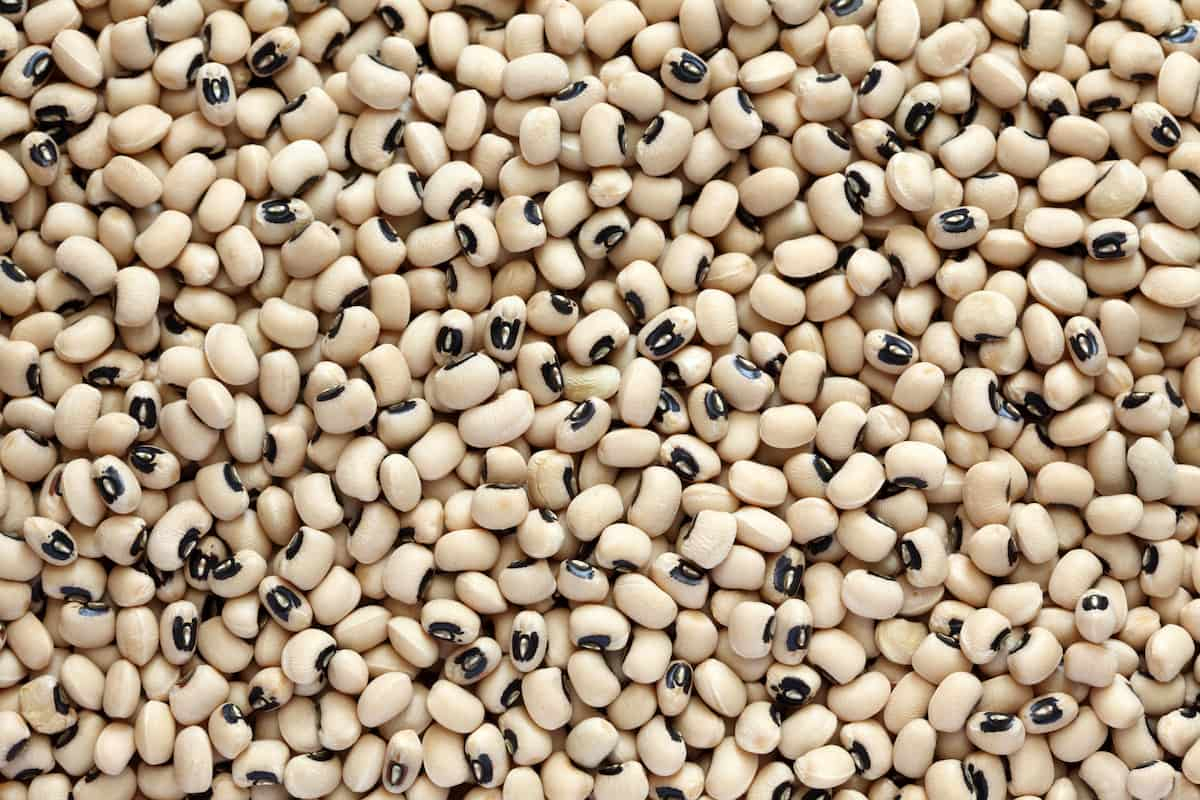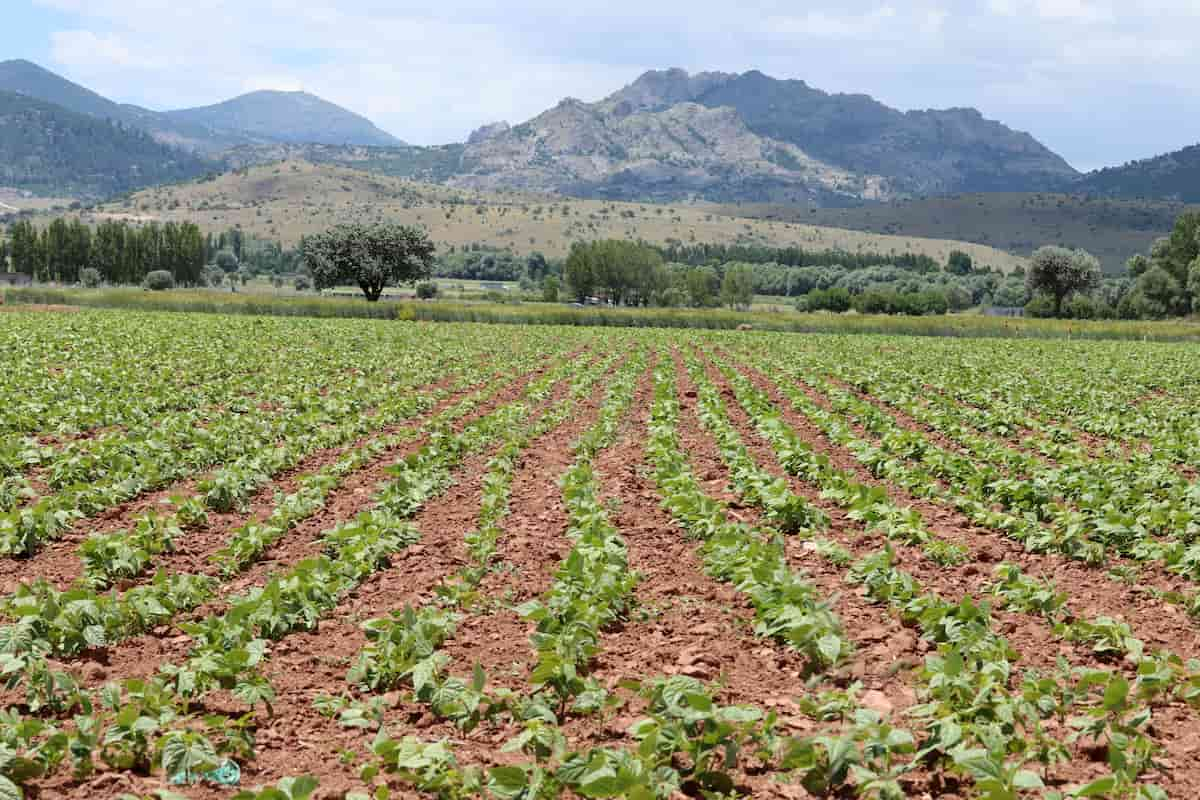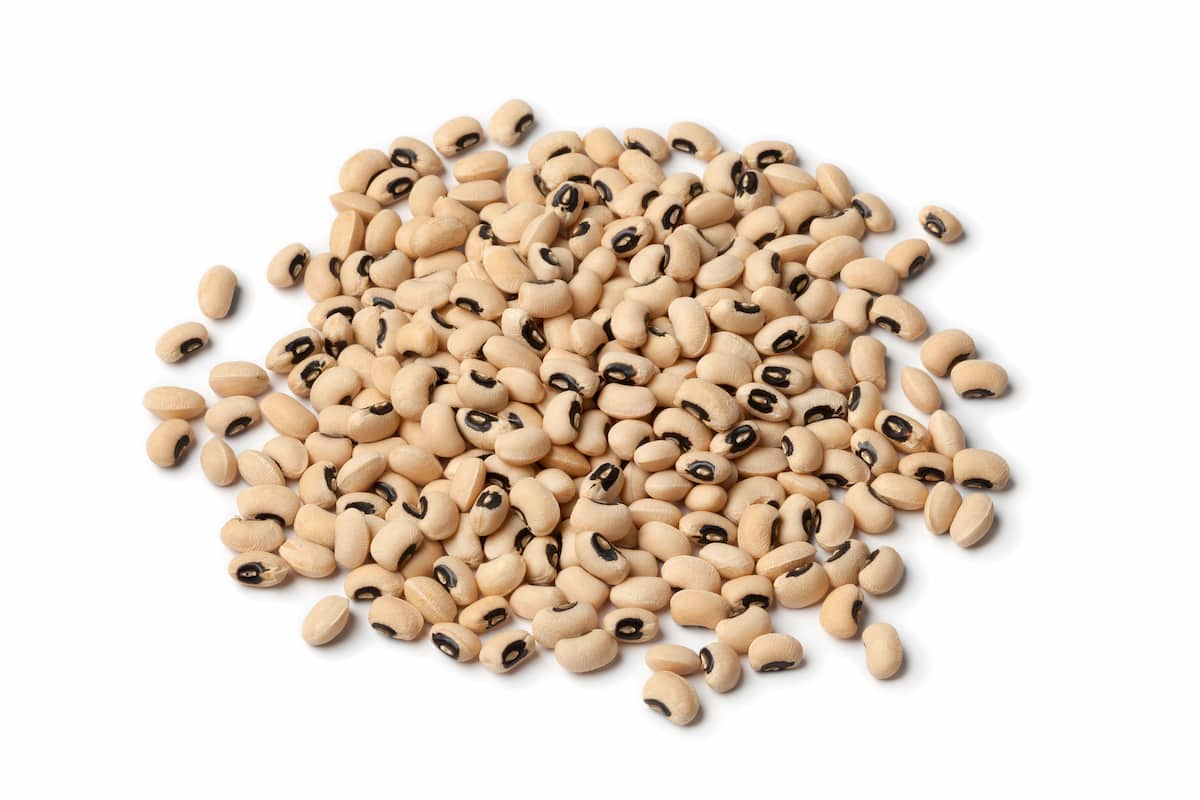Cowpea is a significant legume crop, providing protein for human consumption worldwide. However, its yield potential is limited by biotic and abiotic stresses, including poor pollination and low soil fertility. Cowpea produces male and female flowers, but the male flowers tend to outnumber the female, reducing yield.

Enhancing the number of female flowers can increase cowpea yield, particularly in resource-limited areas. This can be achieved by selecting high-yielding varieties with more female flowers, manipulating plant hormones, and optimizing crop management practices such as irrigation and fertilization.
How to Increase Female Flowers in Cowpea/Black-eyed Pea
Introduction to Cowpea cultivation
Cowpea (Vigna unguiculata) is a vital legume crop widely cultivated for human consumption and animal feed in various parts of the world. Cowpea is well adapted to arid and semi-arid regions and can grow in various soils. It is a nitrogen-fixing crop that can improve soil fertility and contribute to sustainable agriculture. Cowpea is rich in protein, vitamins, and minerals, making them an essential source of nutrition for millions of people. This article will overview cowpea cultivation, including its planting requirements, growth stages, pests and diseases, and harvesting methods.
Understand the Anatomy
Cowpea flowers have a simple structure consisting of a calyx, corolla, androecium, and gynoecium. The calyx is the outermost part and has five sepals that protect the flower bud. The corolla is the colorful part of the flower and has five petals that attract pollinators. The androecium is the male reproductive structure and consists of ten stamens that produce pollen.
The gynoecium is the female reproductive structure and consists of a single pistil with a stigma, style, and ovary. Cowpea flowers are perfect, meaning they have both male and female reproductive structures and can self-pollinate, but they rely on pollinators for cross-pollination, which can increase yield.
Best Varieties
Wide cowpea varieties are suitable for cultivation, including IT97K-499-35, IT90K-76-16, Danila, Moussa Local, and Bambey 21. Other popular varieties include Blackeye, Knuckle Purple Hull, Mississippi Silver, and California Blackeye. Early Acre, Big Boy, California Blackeye No. 5, Coronet, Kinghorn 81, Mibundo, Red Caloona, Sanzakia, Chinese Multicolor, White Acre, and VITA-7 are also commonly cultivated.
Optimal Growing Conditions
- Climate: Cowpea is well adapted to hot and dry climates but can grow in mild and humid conditions.
- Soil: Cowpea can grow in a wide range of soils but thrives in well-drained soils with a pH between 6.0 and 7.5.
- Sunlight: Cowpea requires full sunlight for optimal growth and yield.
- Water: Cowpea needs moderate to low water levels, with around 500-600 mm of rainfall during the growing season, but can also be grown in areas with low rainfall using irrigation.
- Fertilization: Cowpea is a nitrogen-fixing crop and benefits from soil inoculation with appropriate strains of rhizobia bacteria. Additional fertilization with phosphorus and potassium may also be necessary.
- Planting: Cowpeas should be planted after the last frost in well-prepared soil with adequate seedbed moisture. Plant spacing should be 30-45 cm apart, with a 2-5 cm seeding depth.
- Pest and disease management: Cowpeas can be affected by various pests and diseases, and integrated pest management (IPM) strategies, including cultural, biological, and chemical control methods, can be used to minimize yield losses.
In case you missed it: How to Increase Female Flowers in Muskmelon/Cantaloupe: Explained in 10 Steps for High Yields and Profit

Flowering Stages
The Cowpea flowering stage is an important period in the growth and development of the plant. Flowering typically occurs 30-40 days after planting and lasts 20-30 days. Cowpea produces male and female flowers during this stage, with the male flowers appearing first. Pollination can occur through self-pollination or cross-pollination by insects, such as bees.
The number of female flowers is crucial for higher yield potential, and various factors, including genetics, environmental conditions, and management practices, can influence the proportion of female flowers. Proper irrigation, fertilization, and pest and disease management during flowering can promote optimal yield potential.
Factors that Affect Less Female Flowers
- Genetics: Cowpea varieties vary in their proportion of male and female flowers. Some varieties produce more male flowers than female, which can lead to reduced yield potential. For example, IT84S-2049 and IT93K-452-1 produce fewer female flowers than other varieties.
- Environmental conditions: High temperatures and drought stress during the flowering stage can reduce the production of female flowers. Cowpea also requires adequate sunlight for optimal flower development.
- Soil fertility: Low soil fertility can reduce flower production, especially for female flowers. Adequate nitrogen, phosphorus, and potassium levels are necessary for optimal growth and yield.
- Pest and disease pressure: Cowpea pests and diseases, such as aphids, thrips, and viruses, can reduce the production of both male and female flowers, leading to reduced yield potential.
- Management practices: Improper irrigation, fertilization, and weed control practices can also affect the production of female flowers. Over-irrigation or over-fertilization can lead to excessive vegetative growth at the expense of reproductive growth. At the same time, weed competition can reduce the availability of nutrients and sunlight to the plant.
10 Simple Tips to Increase Female Flowers
- Choose high-yielding cowpea varieties with a higher proportion of female flowers.
- Ensure proper soil preparation with adequate soil fertility and pH between 6.0 and 7.5.
- Provide optimal growing conditions, including moderate water levels, full sunlight, and appropriate temperature and humidity.
- Apply appropriate nitrogen, phosphorus, and potassium fertilizers for optimal growth and development.
- Use inoculation with appropriate strains of rhizobia bacteria to promote nitrogen fixation.
- Practice proper weed and pest management to reduce competition for resources and minimize damage to the plant.
- Encourage cross-pollination by attracting bees and other pollinators to the field.
- Avoid over-fertilization and over-irrigation, which can lead to excessive vegetative growth at the expense of reproductive growth.
- Monitor the crop regularly for signs of stress, pest and disease damage, and nutrient deficiencies.
- Harvest the crop appropriately to maximize yield potential and ensure seed quality.
In case you missed it: How to Increase Female Flowers in Avocado: Explained in 10 Simple Steps

Conclusion
Increasing the number of female flowers in Cowpeas can boost yield potential, especially in resource-limited regions. Approaches like selecting high-yielding varieties, optimizing crop management, manipulating plant hormones, and avoiding stress factors can achieve this. Implementing these steps is crucial to sustaining a reliable supply of this crucial legume crop for protein provision.
- Feed Your Flock for Less: Top 10 Tips to Save on Chicken Feed
- Ultimate Guide to Ossabaw Island Hog: Breeding, Raising, Diet, and Care
- Hatching Answers: The Top 10 Reasons Your Chickens Aren’t Laying Eggs
- Eggs and Economics: Breaking Down the Cost of Raising Backyard Chickens
- Defend Your Greens: Proven Methods to Keep Iguanas Out of Your Garden
- Ultimate Guide to Cinnamon Queen Chicken: A Comprehensive Guide for Beginners
- Ultimate Guide to California Tan Chicken: Breeding, Raising, Diet, Egg-Production and Care
- Ultimate Guide to Marsh Daisy Chicken: Breeding, Raising, Diet, and Care
- 10 Types of Chicken Farming Businesses You Can Start for Profits